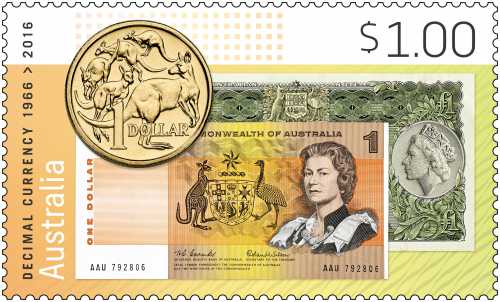
It’s funny looking back at major changes in life and remembering all the anxiety, opposition and upheaval that came with them.
It’s hard to believe that it’s been 50 years since Decimal Currency was introduced!. This month we celebrate the 50-year anniversary of one of the biggest changes to modern-day Australia – the introduction of decimal currency, which took place on February 14, 1966.
The pounds, shilling and pence were gone and in came dollars and cents. There were many sound arguments for the change, including the fact that most of the world was already on decimal currency, but opponents feared that the move would put Australia at odds with mother England.
The change was relatively smooth, thanks in part to the famous Dollar Bill campaign, which you can watch below.
Demanding intense manufacturing and preparation, the replacement of pounds, shillings and pence required huge mobilisation across private and public sectors, with readjustments to transactions, advertising, postage and banking as well as intense education campaigns.
“Not only did the general public have to be educated on the changes,” said Australia Post Philatelic Manager Michael Zsolt, “but retailers and bank staff had to be trained to make conversions, update their signage and help customers.”
There is much to be celebrated when it comes to Australia’s currency – renowned Sydney-based designer Gordon Andrews (1914–2001) created the boldly coloured banknotes that depict a diverse and inclusive Australia.
“The bank notes were ground-breaking for a number of reasons. First, they featured Aboriginal culture, architecture, the arts, science, industry and native fauna. Second, the $5 note featured a woman other than the Queen for the first time ever – Caroline Chisholm,” said Mr Zsolt.
Gold and silversmith Stuart Devlin designed Australia’s new coins, sculpting depictions of Australian fauna across the 1c, 2c, 5c, 10c, and 20c coins, and the Australian coat of arms on the 50c coin.





